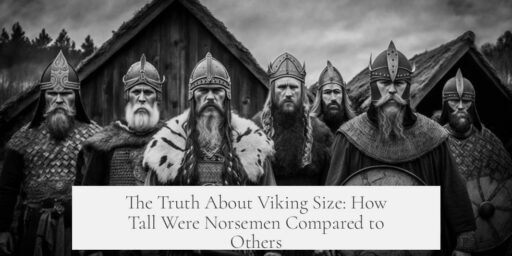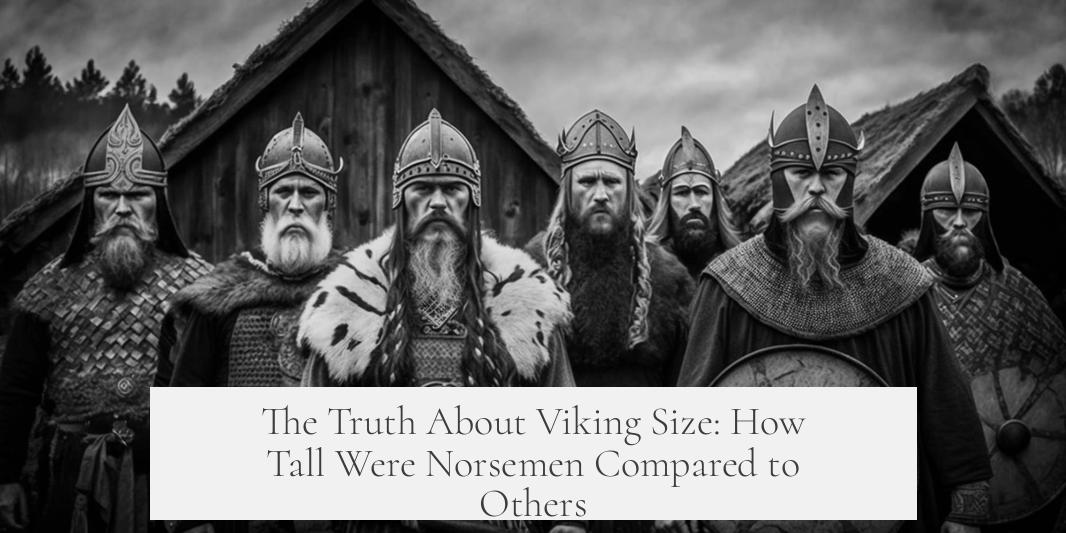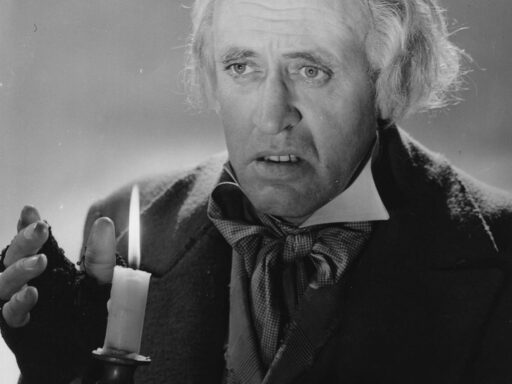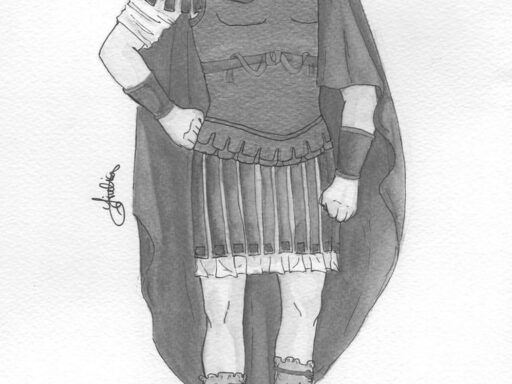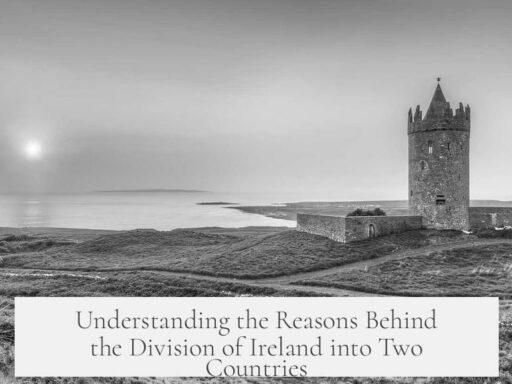Norsemen, commonly known as Vikings, were generally larger than many of their contemporaries, with an average height around 5 feet 7 inches, which was above the average for their southern neighbors. Their diet, rich in protein, contributed notably to their stature.
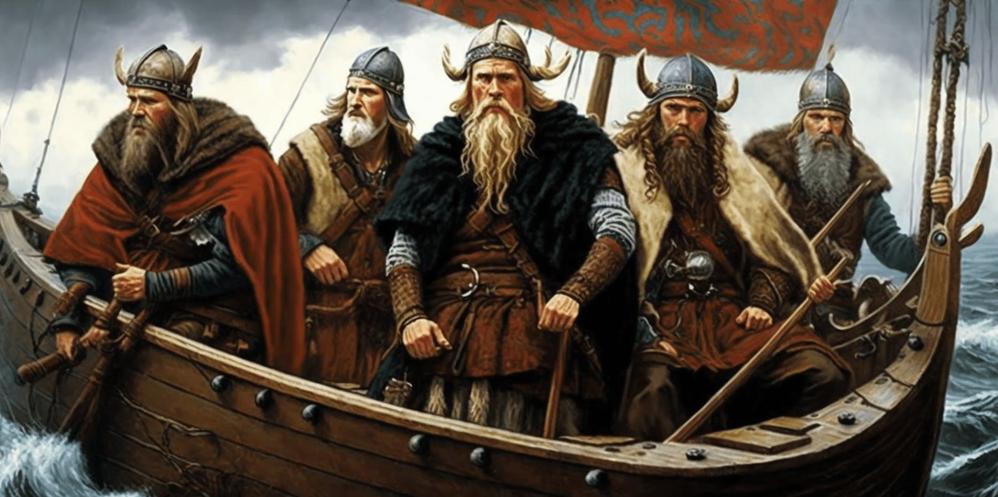
The Vikings, specifically those who embarked on raids, were likely taller and stronger than the average Norseman. This difference is partly explained by self-selection. Physically larger men often chose or were chosen for warrior roles rather than farming or other trades. Thus, Viking raiders could appear more imposing, much like modern soldiers compared to the general population.
The elite warriors, like chieftain housecarls, were carefully selected for exceptional strength and size. These men benefited from a combination of good nutrition, rigorous training, and favorable genetics, enhancing their physical capabilities.
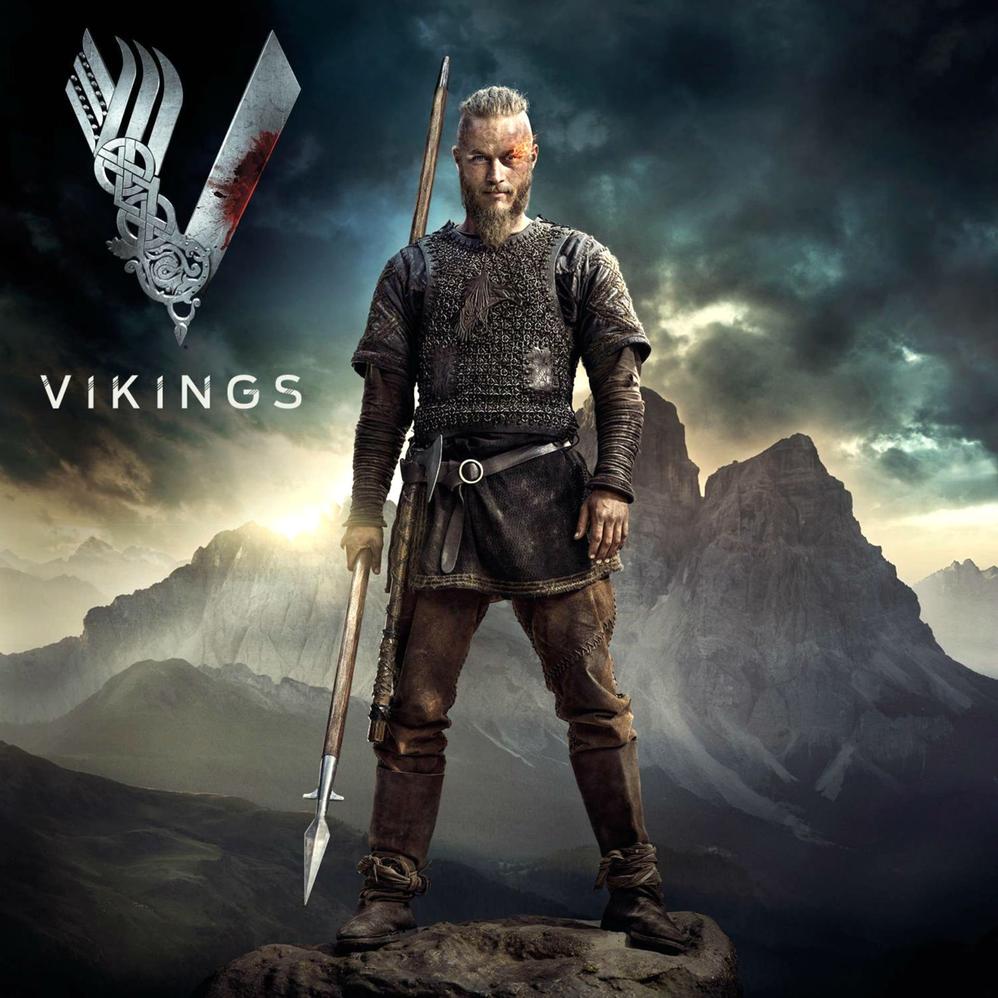
Compared to other populations, Norsemen generally exceeded the average height of Southern Europeans. Archaeological finds, such as skeletons in museums, often show individuals several inches taller than the average, with some Vikings standing over six feet tall.
Modern data align with historical trends. Nordic countries consistently rank among the tallest globally, with Denmark, Norway, and others appearing near the top in height surveys. This continuity suggests a genetic and environmental legacy that supported taller stature through centuries.
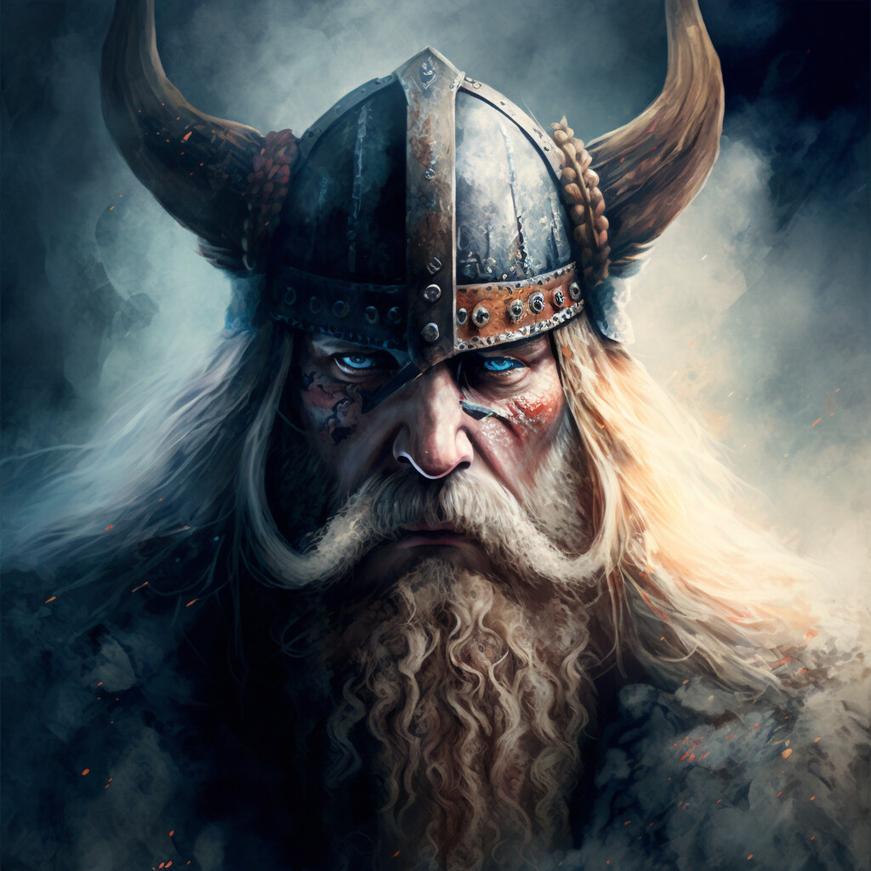
| Aspect | Details |
|---|---|
| Average Norseman Height | Approx. 5’7″ |
| Viking Warrior Height | Often taller due to selection; some over 6 feet |
| Diet Influences | High protein, nutritious diet |
| Genetic Factors | Favorable genetics supporting taller stature |
| Modern Correlation | Nordic countries among tallest worldwide |
- Norsemen were slightly taller than Southern Europeans.
- Vikings were generally bigger due to self-selection for warrior roles.
- Strong diet and genetics played key roles in their stature.
- Elite warriors were notably larger and well-trained.
- Modern Nordic populations continue to rank among the tallest people globally.
Were Norsemen (Vikings) Actually Big? The Truth About Viking Size
Were the Norsemen really the towering giants history imagines? The quick answer is: not exactly, but there’s more than meets the eye. While Vikings and Norsemen often get portrayed as hulking behemoths in pop culture, digging into historical facts paints a more nuanced picture.
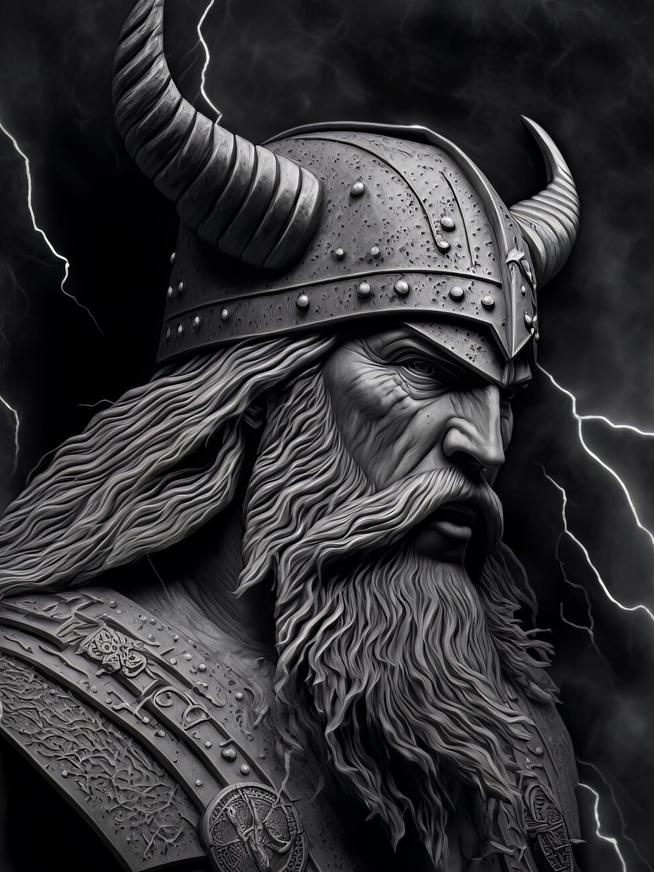
So, let’s unravel whether these legendary warriors were indeed “big” and what factors played into their stature and strength.
The Average Norseman: Taller Than You Might Think
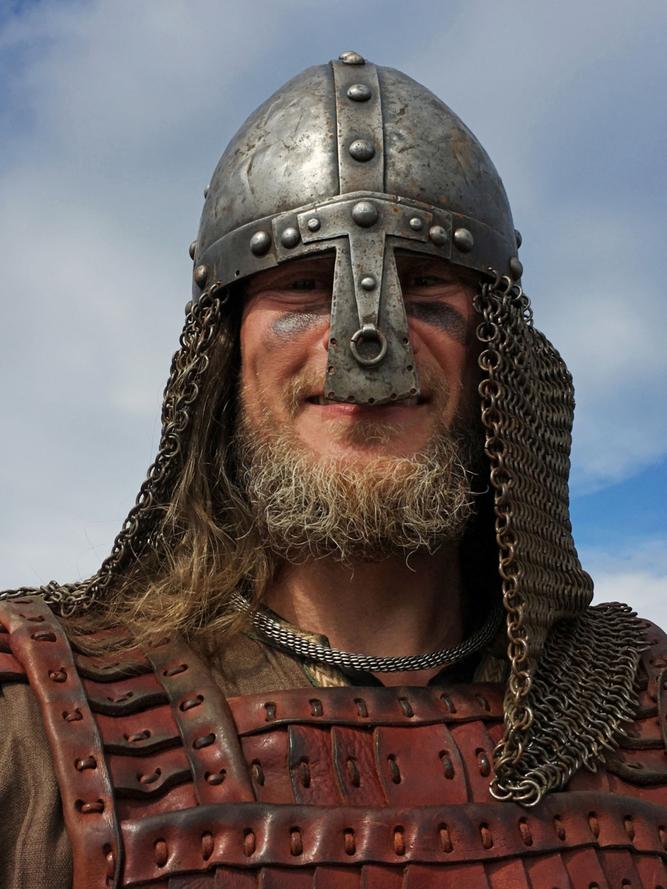
First off, Norsemen weren’t giants but held a slight height advantage over many of their contemporaries, especially compared to southern Europeans. Thanks to a protein-rich diet heavy in fish, meat, and dairy, the average Norseman stood around 5’7” (170 cm). That may not sound like much by today’s standards but was fairly tall at the time.
Contrast that with southern Europeans, whose average height was generally shorter. Nordic nutrition and lifestyle likely gave Norsemen a physical edge, helping them develop more muscle and endurance essential for survival in harsh climates.
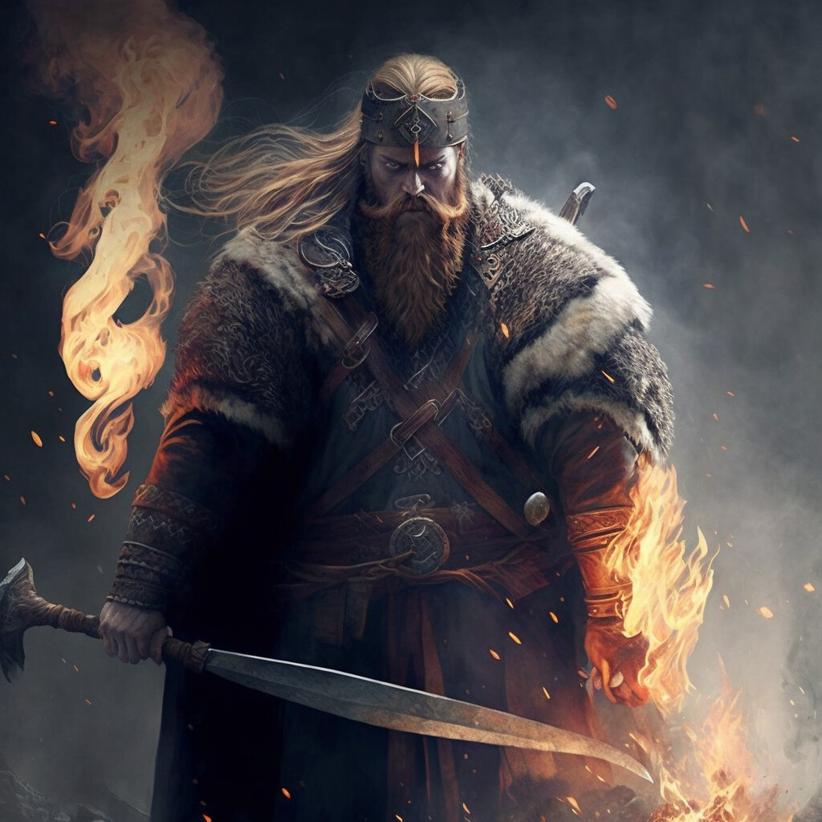
Were Vikings Bigger Than Average Norsemen?
Here is where the mystery thickens. Viking warriors, who went on raids and battles, were probably larger than the typical Norse farmer or townsman. But why? Self-selection plays a big role.
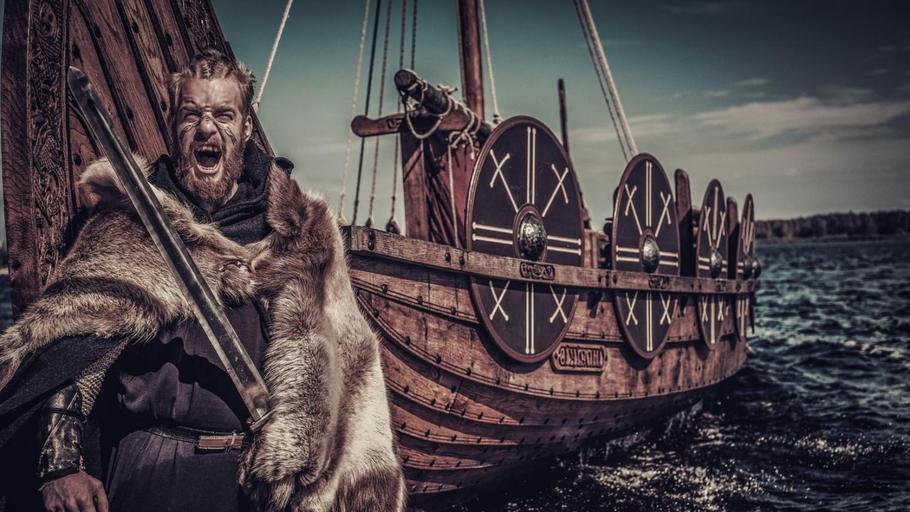
- If you were small or weak, chances are good the farming life suited you better than face-to-face combat in freezing conditions.
- Bigger men naturally gravitated toward warrior roles—being physically imposing helped on raids.
This is similar to modern soldiers or athletes. They tend to be more muscular and taller than the average population, not because the whole country is bigger, but because physical ability is a requirement for the job.
So, while Vikings may have been larger than the average Norseman, it wasn’t that they came from a population of giants; their selection criteria for warriors favored those with size and strength.
The Role of Housecarls: The Viking Elite
Within Viking society, chieftain housecarls were the elite bodyguards—hand-picked for strength and stature. They ate better, trained harder, and possessed genetics that made them physically impressive. If you saw a typical housecarl, you were looking at the heavyweight champion of the village—someone who could swing a battle axe all day and still have stamina left for another fight.
Their presence skews the idea that all Vikings were massive because we often picture these elites in stories and movies. However, the broader Norse population included all body types.
Anecdotal Evidence and Skeletons in Museums
Fancy some real-life proof? In the Dublin museum, a Viking skeleton remarkably tall for its age draws visitors’ attention. Over six feet tall, this individual clearly stood out. But one giant skeleton does not make an entire population of giants.
Still, these finds suggest some Vikings were indeed tall by historic standards. Given nutrition, genetic diversity, and lifestyle, we can safely say a healthy Viking warrior was a large, intimidating figure.
How Vikings Compare to Other Populations Past and Present
Compared to south Europeans of their time, Norsemen were taller on average. Today, that trend continues. Nordic countries like Denmark and Norway consistently rank among the tallest nations globally.
According to recent studies, the current tallest countries order is:
- Netherlands
- Montenegro
- Denmark
- Norway
This suggests a long-term genetic and environmental trend toward taller stature in Northern Europe, including the descendants of Vikings.
What Does This Mean for Our Viking Image?
Let’s put it bluntly: not every Viking was a seven-foot giant. The majority stood around average height or slightly above. But the ones you hear about, the front-line warriors and elite guards, were usually bigger and stronger. They project an image that’s easy to exaggerate in stories.
Think of Vikings as the tough athletes of their day. Comparable to modern soldiers, they had fitness, skills, and size that made them stand out. Their diet and lifestyle supported physical strength, giving them an edge in battle.
Lessons and Takeaways
- If you’re fascinated by Vikings, value the details over myths—they were impressive but not mythical giants.
- Modern Nordic height trends connect well with ancient Norse nutrition and genetics.
- Physical selection shaped Viking war bands more than just random genetics.
So next time you picture a Viking, imagine a crew of robust, well-fed, and well-trained warriors—not necessarily walking skyscrapers, but intimidating and agile fighters shaped by their unique environment.
Curious about Viking life? Their size only scratches the surface of a fascinating culture blending strength, skill, and endurance across the ancient north.
